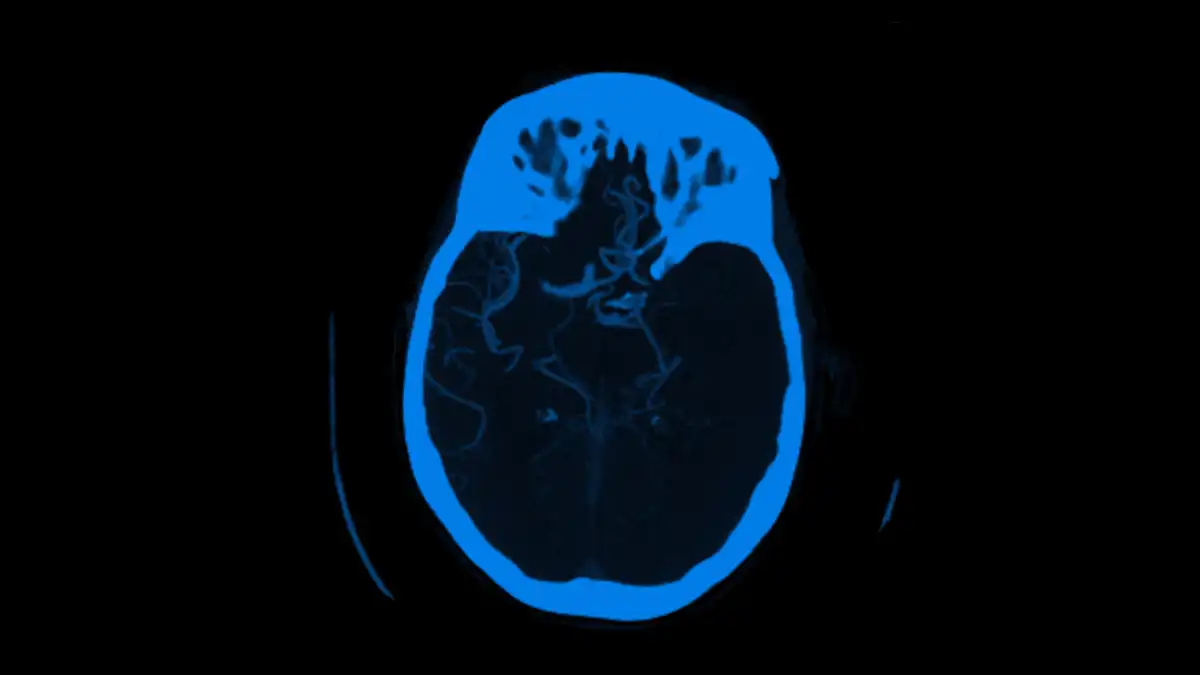Background
Unruptured cerebral aneurysms (UCAs) have a relatively low prevalence of approximately 3%, but detection can prevent devastating consequences of subarachnoid hemorrhage. Here, we assess the performance of a machine-learning (ML) algorithm to identify UCAs and determine whether routine use of the algorithm would have improved detection rates and patient care.
Methods
From a prospectively maintained multi-center registry across 8 certified stroke centers (1 comprehensive, 7 primary), we identified patients who underwent CT angiogram for evaluation of stroke from 3/14/21 – 11/31/21. A convolutional deep neural network (Viz.AI) trained to identify UCAs > 2mm analyzed the images. Ground truth was provided by independent expert neuroradiology read. The primary outcome was rate of UCAs detected by the ML algorithm but not detected or addressed in the clinical radiology report or clinical notes, which was determined by two independent researchers.
Results
Among 1191 CT angiogram scans performed during the study period, 110 were flagged by the ML algorithm as possibly demonstrating an UCA, of which 36 cases were confirmed as true positive (PPV 33%). The most common locations included posterior communicating artery (22%), followed by MCA bifurcation (19%). Of these cases, 13 (26%) were not noted in the clinical radiology report or clinical notes, with a median size of 3 mm [IQR 2.7-4.4 mm], and 28 (78%) were not referred for follow up, with median size of 4.3 mm [IQR 3-9 mm]. Of the 28 cases not referred for follow up, 15 (54%) had been noted in the radiology report. 40% (6/15) of the detected but not referred cases had a diameter greater than 10mm.
Conclusions
UCAs of sizes and intra-dural locations that may warrant treatment are frequently missed in routine clinical care. An ML algorithm that flags studies and notifies clinicians may minimize missed treatment opportunities.

